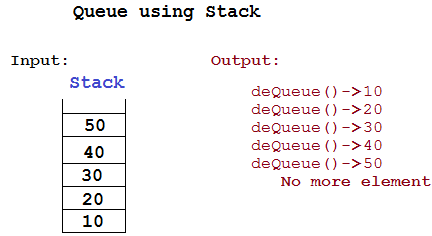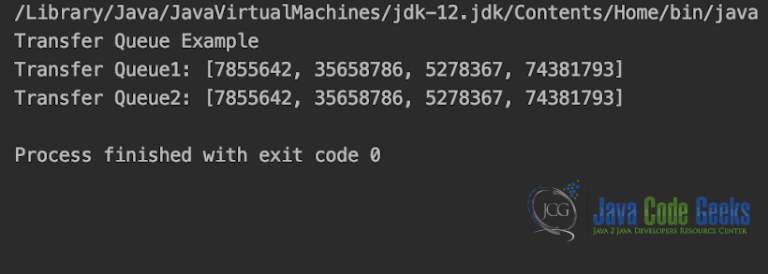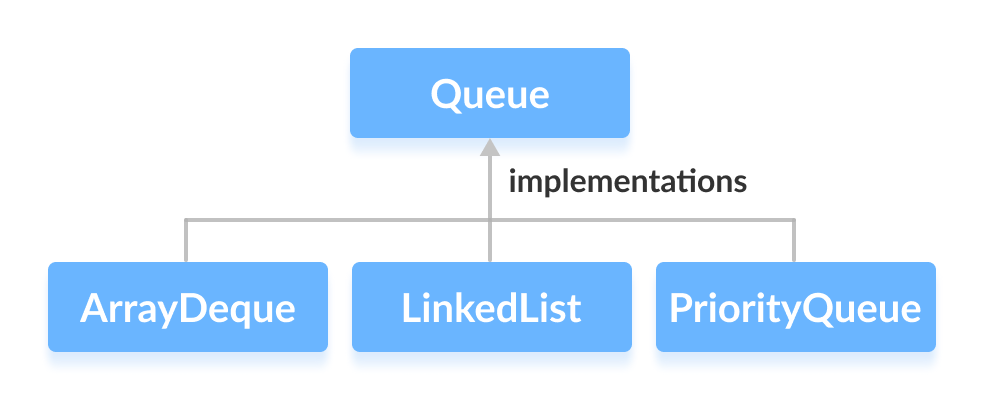

It returns true if this queue contains the specified element. It inserts the specified element into the specified queue if it is possible to do so immediately without violating capacity restrictions, returning true upon success and throwing an IllegalStateException if no space is currently available. The content of the Linked Blocking Deque is : " The content of the LinkedBlockingDeque after removing elements is : " ) Print the elements of the alph object of BlockingQueue let us see what will happen if we try to remove an element that actually does not exist in the queue removing the elements from the queue using the remove( ) function " The content of LinkedBlockingDeque is : " ) printing the elements of the blocking queue adding the elements to the BlockingQueue using add( ) method importing the package that support BlockingQueue program to delete elements from the queue ( " The top element of the queue is : " + top ) Accessing the first element of the queue using the function element( ) " Yayy! Element C successfully founded in the queue " ) retrieving the element alphabet ' C ' from the queue " The contents of the Linked Blocking Queue is : " ) printing the elements of the BlockingQueue adding elements to the BlockingQueue using add( ) method creating an object of the class LinkedBlockingDeque importing the Dart package that support BlockingQueue accessing elements from the Blocking Queue

When the elements are added, the size of the Unbounded queue grows. The capacity of the BlockingQueue will be set to Integer.MAX_VALUE. Unbounded Queue: Unbounded blocking queue is the queue that never blocks because its size could be grown to a very large size. If in case the queue is empty, the take( ) method waits until the queue has some elements to be deleted.ġ. take( ): The method removes and returns an element from the BlockingQueue.

If in case the queue is full, the put( ) method waits until the queue has some vacant space to insert an element. put( ): The method inserts an element to the BlockingQueue. It can also be used with timeouts, that is time units can be passed as a parameter. poll( ): It removes an element from the BlockingQueue. peek( ): It returns the top or head of the BlockingQueue. If the element cannot be inserted in 100 milliseconds, the method returns false. The above method will insert an element to the BlockingQueue for 100 milliseconds. Here, value is the element to be inserted in the queue. We make use of import statement in order to use the above classes and import package. These two classes are a composition of BlockingDeque and linked list data structure and BlockingDeque and array respectively.

LinkedBlockingQueue and ArrayBlockingQueue are the classes used to implement BlockingDeque class. There is no provision of directly providing an instance of the BlockingQueue since it as an interface, so to implement BlockingQueue we need to create classes implementing it.


 0 kommentar(er)
0 kommentar(er)
